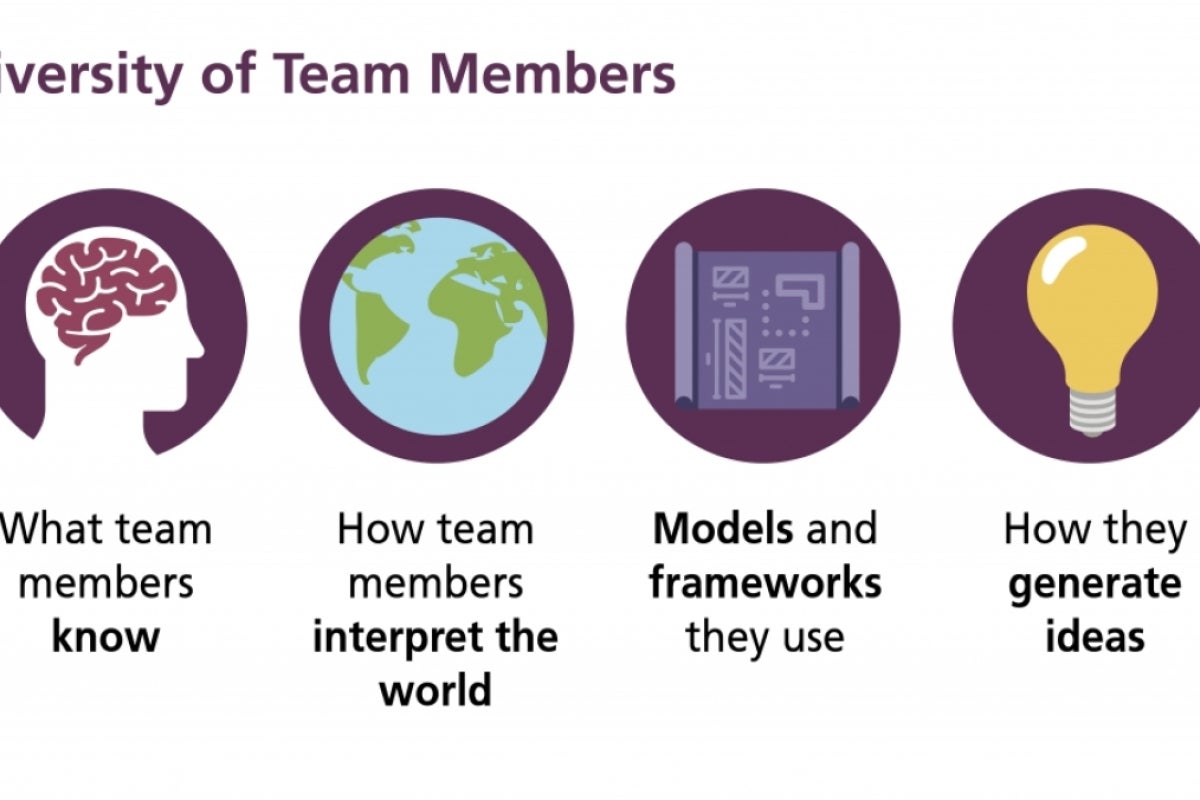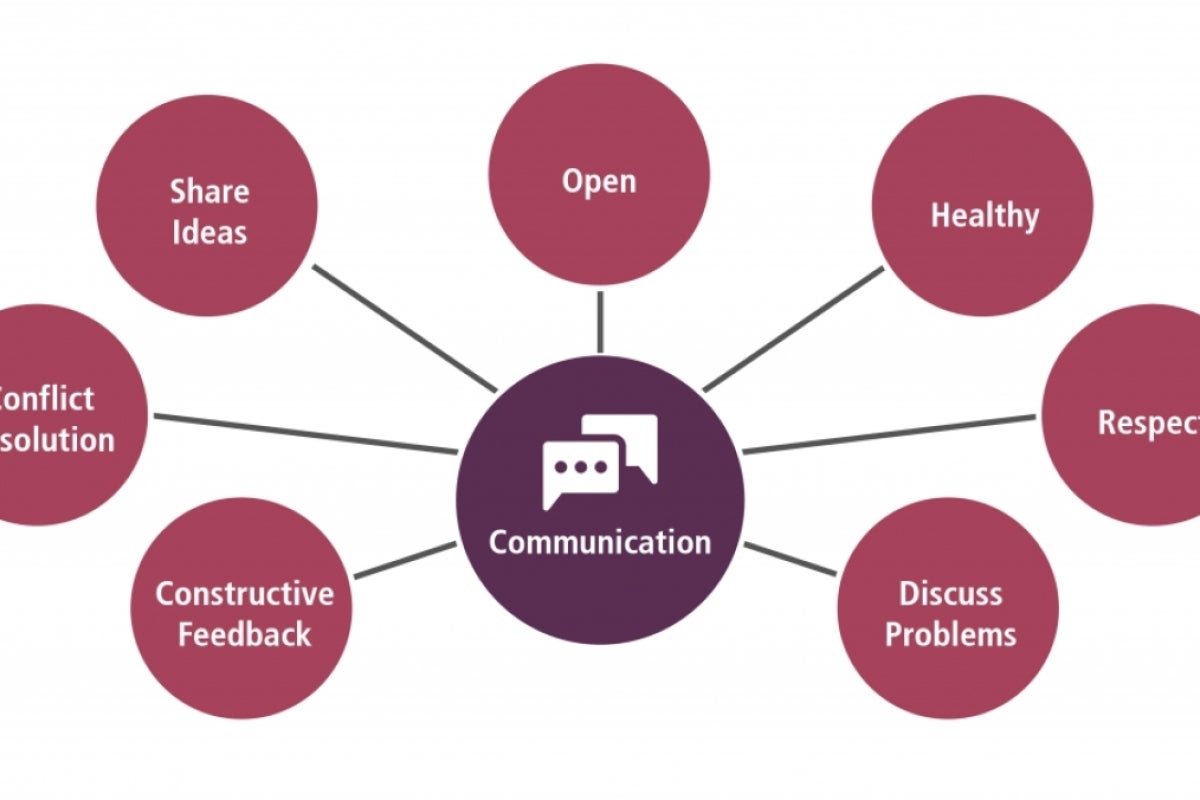ASU-led NASA Psyche mission offers free online course on team building from leadership experts

The new Psyche Mission Innovation Toolkit online course is designed to help learners understand the unique challenges of a diverse team and provides tools to help address these challenges and take actions to be more successful in working with others. Image by ASU Continuing and Professional Education
While the spacecraft and instruments of the NASA Psyche Mission are being designed and built in preparation for launch to the Psyche asteroid in 2022, the mission management team at Arizona State University has recently developed a series of free online courses based on the real-world challenges of running a space mission.
The course series, called the NASA Psyche Mission Innovation Toolkit, is offered free worldwide to anyone with internet connection and is available via ASU’s Continuing and Professional Education platform. The courses feature interviews and experts from NASA, ASU and Psyche Mission team members.
The latest addition to the Psyche Mission Innovation Toolkit focuses on team building and team diversity. Titled “The Inclusive Mindset: Tools for Building Positive Team Culture,” the course features global leadership expert Mansour Javidan, a Garvin Distinguished Professor at ASU’s Thunderbird School of Global Management and director of the Najafi Global Mindset Institute.
“Today’s organizations are increasingly encouraging and supporting workforce diversity,” said Javidan. “So, it is critical for students, employees and managers to learn the tools that will help them work effectively in diverse teams. Such training can improve efficiency of the team and quality of its work, and reduce stress and misunderstanding.”
This course is designed to help learners understand the unique challenges of a diverse team and provides tools to help address these challenges and take actions to be more successful in working with others. It also provides both self- and team-assessment instruments to help learners gain understanding of their own — and their team’s — strengths and weaknesses.
Video by ASU/NASA Psyche Mission
The course is divided into seven modules that cover topics of team culture, diversity, bias and inclusivity, as well as developing an inclusive mindset and building and maintaining a successful team. During the course, enrolled learners can create their own online portfolio — called an “ePortfolio” — of their work and reflections. Participants who complete the course receive a downloadable and printable certificate of completion.
“Every endeavor is a human endeavor, and going to space is truly about the team,” said Psyche Mission principal investigator Lindy Elkins-Tanton. “So, for a successful mission, we want to build the very best teams and we are so fortunate to have one of the world's experts on teams, Mansour Javidan, help us with this course."
The only prerequisite to enroll is an interest in the behind-the-scenes work that goes in to running a successful team. It is also recommended that participants have a persistent internet connection and the ability to read, write and understand English or use a language translation program.
Additionally available is the first course in the Innovation Toolkit series, “The Process and Lifetime of a Space Mission.” Learners in this course are given the opportunity to follow the creation of a NASA robotic space mission, from preparation and submission of a proposal, to team-building, design, construction, modeling, testing, launching, tracking and data collection and analysis.
The Psyche Mission team has plans to offer several more courses over the life of the mission and is currently working on a third course on this platform, which will focus on asteroids, meteorites and comets.
The Psyche Mission
Psyche, an asteroid orbiting the sun between Mars and Jupiter, is likely made largely of nickel-iron metal. As such, it offers a unique look into the violent collisions that created Earth and the terrestrial planets.
The Psyche spacecraft is planned to launch in August 2022 and travel to the asteroid using solar-electric (low thrust) propulsion. After flying by Mars in 2023 for a gravity assist, the spacecraft will arrive at Psyche in 2026 and spend 21 months orbiting the asteroid, mapping it and studying its properties.
The scientific goals of the Psyche Mission are to understand the building blocks of planet formation and explore firsthand a wholly new and unexplored type of world. The mission team seeks to determine whether Psyche is the core of an early planet, how old it is, whether it formed in similar ways to the Earth's core and what its surface is like.
The spacecraft's instrument payload will include a magnetometer, a multispectral imager and a gamma ray and neutron spectrometer. The mission will also test a sophisticated new laser communications technology, called Deep Space Optical Communications (DSOC).
The Psyche Mission is part of NASA's Discovery Program. Psyche principal investigator is Elkins-Tanton, professor at ASU’s School of Earth and Space Exploration. Other ASU researchers on the Psyche Mission team include Jim Bell (deputy principal investigator and co-investigator), David Williams (co-investigator) and Catherine Bowman (co-investigator and student collaborations lead).
The mission is led by Arizona State University. NASA’s Jet Propulsion Laboratory is responsible for the mission’s overall management, system engineering, integration and testing and mission operations. Maxar Space Solutions, formerly Space Systems Loral, is providing a high-power solar electric propulsion spacecraft chassis.
Psyche Mission intern Kaxandra Nessi contributed to this story.
More Science and technology

ASU postdoctoral researcher leads initiative to support graduate student mental health
Olivia Davis had firsthand experience with anxiety and OCD before she entered grad school. Then, during the pandemic and as a…

ASU graduate student researching interplay between family dynamics, ADHD
The symptoms of attention deficit hyperactivity disorder (ADHD) — which include daydreaming, making careless mistakes or taking…

Will this antibiotic work? ASU scientists develop rapid bacterial tests
Bacteria multiply at an astonishing rate, sometimes doubling in number in under four minutes. Imagine a doctor faced with a…



